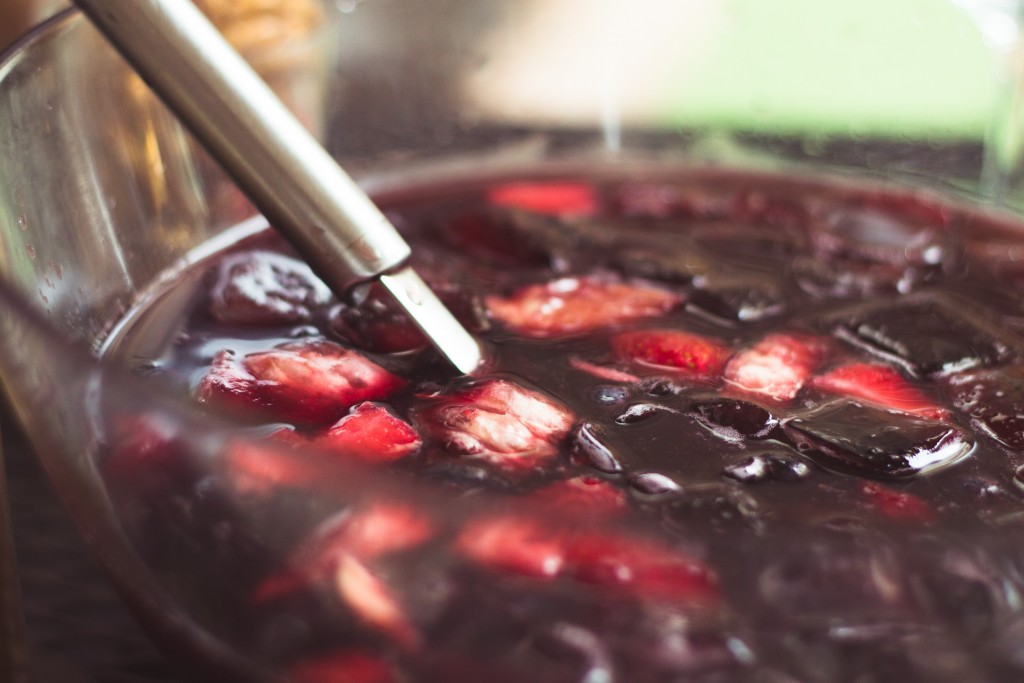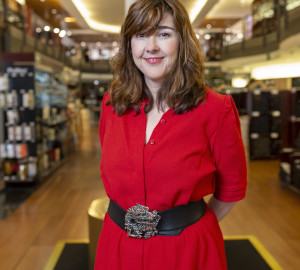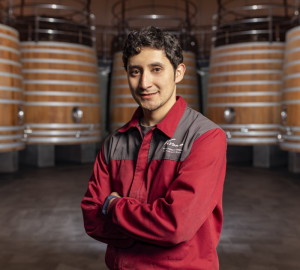If you live in any municipality in the northern half of Spain, you may well have heard of zurracapote. It is a home-made drink that is very typical of local festivals in the towns and villages of Navarre, the Basque Country, parts of Castile and Leon, and La Rioja, This is the land where the drink first appeared. We can also find different variations of zurracapote in other places further away from its point of origin: in towns in Ciudad Real, Guadalajara and Cuenca; and even further south, in Granada and Jaén. But being La Rioja the birthplace of the zurracapote, it is here where the most classic recipe is prepared.The main ingredient is wine, of course.
So today we will find out a little more about what zurracapote is, what role it plays in the traditions of La Rioja and we will learn how to prepare its recipe.
What is zurracapote?
The zurracapote (or zurra) is a drink made from a mixture of claret wine, although there are also those who prepare it with red or white wine, sugar, cinnamon and lemon. This is the common base for most of the zurracapotes made in Spain. However, there are many variations on the recipe, almost as many as there are places where this drink is made. Starting with the choice of wine (claret, white and even red), the addition of different types of fruit: peach, orange, banana, etc., and ending with the use of different production processes and measurements of the ingredients.
What never changes is the festive atmosphere that drives the preparation of the zurracapote. It is a drink typical of the local festivals in the municipalities of La Rioja. It is made by the different clubs in each town, and visitors can generally try the drink free of charge or simply in exchange for the traveller's willingness. In towns such as Calahorra, they even organise zurracapote-making competitions during the fiestas, in which the town's six peñas take part. There is also a "porrón" drinking contest, in which participants can demonstrate their skills with this contraption, from which most of them get a few stains on their shirts as souvenirs.
The zurracapote is a drink generally consumed in summer, so it is served cold.. And as its preparation is linked to the festivities of each town, it has become another popular tradition in many of the villages of La Rioja, where the preparation of zurracapote is carried on from one generation to the next. It is a custom that invites people to gather in the peñas and in the streets, and to enjoy food, drink and company.
How to make zurracapote?
Although, as we have seen, there is no consensus on the preparation of zurracapote (similar to the preparation of paella, in which everyone ends up making it to their own taste), we are going to propose a recipe for the preparation of a classic zurracapote. To do so, we will look at the ingredients that are essential in the preparation of this drink and one of the most commonly used ways of preparing it. Let's get started.
Photo: Elisfkc
Ingredients
As the zurracapote is a drink that is prepared to be shared among several people, the quantities that we will handle will be quite large, to obtain 16-18 litres of zurracapote.
- 16 litres of claret wine.
- 2 litres of water.
- 1.5 kg white sugar.
- 4-5 lemons.
- Cinnamon stick (2 pieces).
Method of preparation
- The first thing to do is to put a pan on the heat with a litre and a half of water at a low temperature. Then add the kilo and a half of white sugar and stir slowly until the sugar is completely dissolved. In this way we will obtain a syrupy mixture.
- Put the wine in a sufficiently large container and then add the mixture obtained in the previous step.
- At the same time, boil the two pieces of cinnamon stick in half a litre of water. After boiling for a couple of minutes, allow the infusion to cool and add it to the wine with the syrup. Set the cinnamon aside.
- Next, add the juice of the 4 or five lemons to the mixture, reserving the peel separately. At this point, we could add other types of fruit to the mixture depending on our tastes, but it is not essential for the traditional recipe.
- Finally, place the lemon peels and cinnamon in a cooking mesh or net used for cooking chickpeas and other pulses, or in a similar utensil that can be used for this purpose. Put the mesh with the lemons and cinnamon in the container containing the mixture and leave to macerate for 5 to 7 days, depending on taste. The longer the maceration time, the higher the alcohol content and the lower the amount of sugar in the zurracapote.
If you are coming to La Rioja this Easter and you would like to know, first hand, the process of elaboration of this drink, with the "Pruning Time Vivanco "You will learn how to prepare zurracapote in a fun way and you will be able to practice other experiences such as pruning the vine and the explanation of its vegetative cycle, through the different rooms of the Museum of Wine Culture. To round off the day, you will enjoy a Rioja barbecue at the foot of the vineyard accompanied by the wines Vivanco . A more than appetising plan for these days off.
Header photo: Roco Julie

















